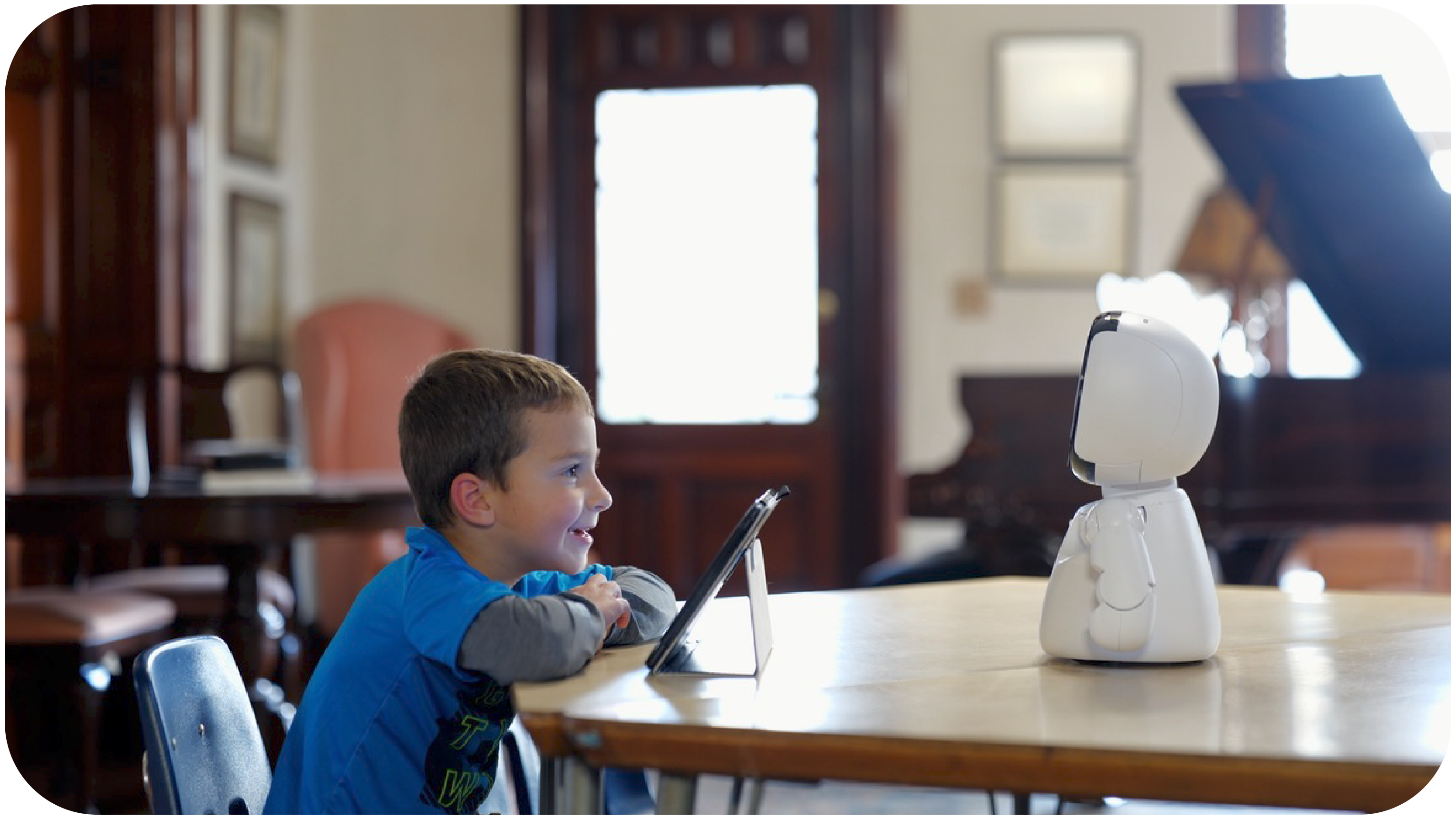A Way to Bridge the Gap Between Solo and Social Play
One of the most critical parts of schooling for young children is social development. Through social play and social-emotional learning, they learn how to talk with, play with, interact with, and befriend others.
This way of learning can be a challenge for many children with autism. Classrooms full of students with varying abilities and social development levels can feel overwhelming, and engaging with peers can be unpredictable and stressful.
Studies have found that children with autism learn to engage with the robot as their friend over time. The skills they learn and develop with their robot companion can help them show empathy to their peers. The robots like kebbi robots have become a part of the family and broader social circles; robots have been shown to help kids feel more comfortable engaging socially with others, rather than simply serving as a crutch or replacing relationships with actual people. Robots can even be utilized in small group settings where children with autism and other peers can learn and play together.

Robots Are Non-Judgmental
Neurotypical children don’t always know how to interact with their autistic peers. Children with autism can already find social situations stressful. They can experience judgment and social ostracization from neurotypical kids, who simply don’t understand their autistic peers. Neurotypical children might react negatively to social “mistakes” made by children with autism.
Robots are non-judgmental. When playing with a robot, there are no consequences for violating social norms. Robot-Assisted Instruction creates an additional safe space for children with autism to practice social cues and norms. It’s all about reinforcement, not punishment. The goal is to create an environment where the child can learn over time and become more comfortable.
Robots Are Consistent
Unlike people, robots are systematic and programmed to function in the same, consistent way, time after time. Even the best teachers, parents, or friends cannot manage that level of consistency. By nature, humans behave inconsistently.
A robot’s consistency provides a safe setting for a child with autism to interact and play. The child can predict precisely how the robot will respond to specific actions or behaviors. This is comforting and can help children with autism take academic/social risks in their learning process.
have become a part of the family and broader social circles; robots have been shown to help kids feel more comfortable engaging socially with others, rather than simply serving as a crutch or replacing relationships with actual people. Robots can even be utilized in small group settings where children with autism and other peers can learn and play together.
